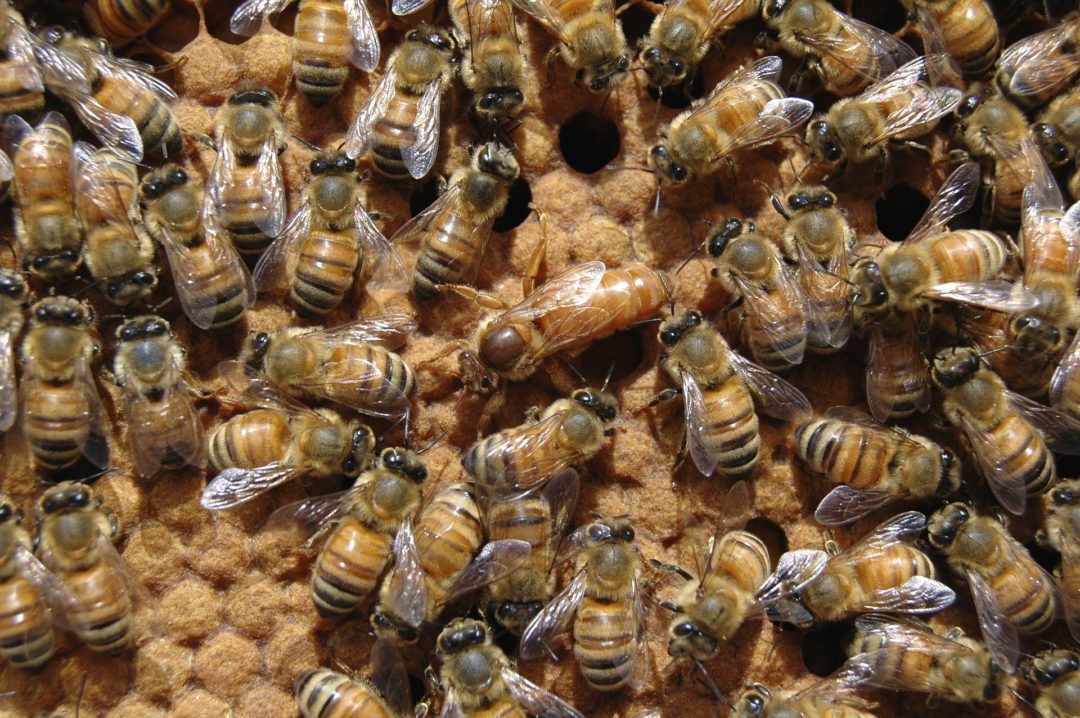New research published today in Evolution Letters reveals that some individuals are so systematically disadvantaged by competition with members of their own species that they enter into an alliance with another species to become more competitive. Lead author Syuan-Jyun Sun explains what they found.
Mutualisms between species are ubiquitous, and are also key to maintaining biodiversity and ecosystem function. Yet many mutualistic interactions between species are in fact highly variable. So why do mutualisms sometimes persist, and sometimes degrade into more antagonistic relationships?
Mutualisms degrade when the costs of associating with a partner species start to outweigh the benefits. Our idea is that competition within species, for a limited resource or a mate, could explain some of this variation. Social interactions within species routinely disadvantage some individuals because they consistently lose to a rival. We suggest that these ‘losers’ stand to gain substantial fitness benefits from entering into partnership with a second species. The benefits they gain from this alliance are so high, that the outcome of the interaction is always tipped firmly towards mutualism. On the other hand, the balance is more likely to be tipped away from mutualism towards antagonism for the individuals that more routinely win against rivals. ‘Winners’ don’t need help to win battles with their own kind, so the costs of associating with another species are more likely to exceed any benefits they might gain.
We tested this idea with experiments on burying beetles and their mites. The mites Poecilochirus carabi are benign passengers on their host burying beetles Nicrophorus vespilloides. Mites rely on the beetles to transport them to dead bodies, upon which both species reproduce. However, beetles face fierce competition for the ownership of a carcass, like a dead mouse. They can’t breed unless they acquire a dead body. Yet smaller beetles frequently lose contests against larger conspecific rivals. So how smaller beetles ever breed?

take a flight. Credit: Syuan-Jyun Sun
We wondered whether mites could give these ‘losers’ a helping hand in fights over a carcass. In the Kilner Lab at the University of Cambridge, we began by staging contests over a dead mouse between two beetles that were matched in size. One carried mites, while the other was mite-free. We filmed the fights with infrared thermography (see video here), and found that beetles with mites were hotter and more aggressive, and were more likely to win. Mites can indeed help beetles to secure a carcass.
To investigate how such thermal benefits arose, we built a gym for beetles, and exercised them on bespoke treadmills (see video here). Beetles either carried mites, or they carried a weight that was equivalent to the burden of the mites, or they carried nothing. We found that carrying extra weight caused beetles to generate extra heat as they exercised. We also discovered that this heat was trapped by the mites, because the mites form an insulating layer when travelling on beetles. Importantly, these effects were most pronounced for smaller beetles because mites covered a relatively larger surface area than on large beetles. This suggested to us that mites are likely to be disproportionally beneficial to smaller beetles.

To test this idea directly, we again staged fights between two beetles over a dead mouse. This time, the two rivals differed in body size. We also let beetles breed on a mouse, with and without mites. We found that small beetles were much more likely to win a fight for a carcass when they were associated with mites. The mites then slightly reduced beetle reproductive success, because they competed with beetle larvae for carrion. Nevertheless, the huge benefits of acquiring a carcass for reproduction outweighed these small costs. For smaller ‘loser’ beetles, mites are mutualists because they increase beetle fitness.
The findings were different for larger beetles. They needed no help to win a carcass to breed upon. So they gained nothing from associating with mites. To make matters worse, they then lost fitness to the mites when they bred alongside each together on the carcass. For larger ‘winner’ beetles, mites are antagonistic rather than mutualistic because they reduce beetle fitness.
In general, our work shows the balance is tipped from mutualism to antagonism with the increasing likelihood that individuals will singlehandedly win conflicts with members of their own species.
Syuan-Jyun Sun is a PhD student in the Kilner Lab at the University of Cambridge. The original article is freely available to read and download from Evolution Letters.

